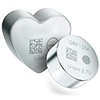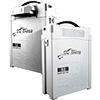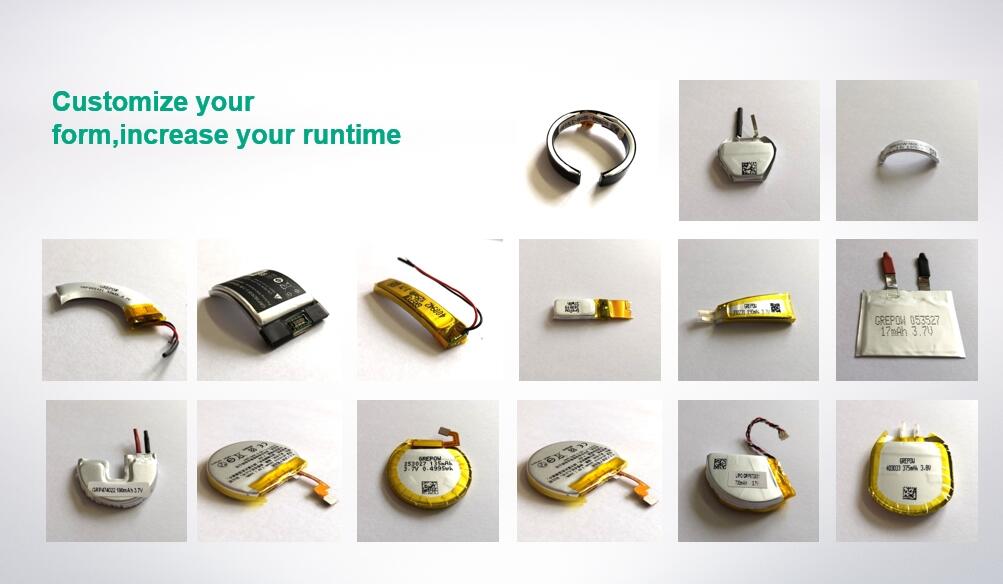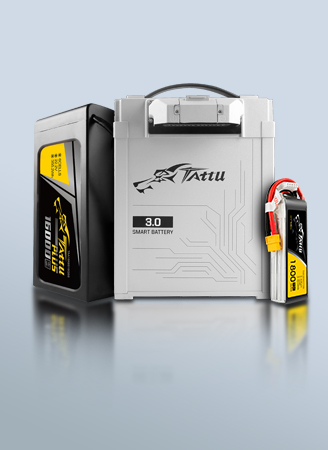Ternary Lithium Battery Classification
There are many kinds of anode materials for lithium-ion batteries. Depending on the cathode material, they can be divided into lithium cobaltate, lithium manganate, ternary materials, lithium iron phosphate, and lithium titanate.
A ternary lithium battery is a lithium battery that uses three metal oxides, nickel, cobalt, and manganese, as anode material. Since it combines the advantages of lithium cobaltate, lithium nickelate, and lithium manganate, the performance is superior to any of the above single anode materials. The experimental analysis indicates that the three different valence elements form a superlattice structure, and there are obvious synergistic effects between the three components, which makes the material more stable and the discharge platform is as high as 3.6V, so it is considered to be the most promising.
The current research on ternary materials mainly focuses on the preparation of precursors, the synthesis of materials, and the relationship between electrochemical properties and structure. Most of the transition metal elements Ni, Co, Mn exist in the +2, +3, +4. In the process of charging and discharging, the only electrochemical reactions are Ni2+/Ni4+ and Co3+/Co4+. Participation in the electrochemical reaction only serves to stabilize the structure of the material. The commonly used synthesis methods in the industry include a high-temperature solid-phase, co-precipitation, sol-gel, hydrothermal synthesis, and combustion.
By changing the molar ratio of the three materials in a ternary lithium battery within a certain range and adding the corresponding additives (binder, conductor, fluid collector, etc.), we can obtain outstanding performance and create batteries like the ultra-low temperature ternary lithium battery.We will explore three ternary lithium batteries in this article.
Ternary polymer lithium battery’s electrolytes
A ternary polymer lithium battery refers to a lithium battery that uses a lithium metal cobalt lithium manganate (Li(NiCoMn)O2) ternary positive electrode material and a gel polymer electrolyte. As the transmission medium of ion motion, the electrolyte generally consists of a solvent and a lithium salt. The electrolyte of a lithium secondary battery mainly has a liquid electrolyte, an ionic liquid electrolyte, a solid polymer electrolyte, and a gel polymer electrolyte.
The gel polymer electrolyte is composed of a polymer, an organic solvent, and a lithium salt, and is obtained by mixing an organic electrolyte and a solid polymer matrix. Because it exists in a gel state, it has the advantages of both a solid electrolyte and a liquid electrolyte. Since the electrolyte is confined in the polymer chain, it has a high ionic conductivity over a wide temperature range. The biggest advantage is that the diaphragm is mechanically strong and the film provides a large surface area. The thinner the film, the higher the energy density as more active material can be embedded in the cell. In addition, the electrolyte has good electrochemical stability and high-temperature resistance; in fact, most high-temperature batteries on the market use polymer electrolytes.
Ternary power lithium battery
A ternary power lithium battery is a battery that supports high rate, high current discharge, high power density, and more energy being released per unit time. The rate discharge capability refers to the ability to maintain the battery capacity in the case where the charge and discharge rate is increased. The charge and discharge rate is expressed by C: 1C means that the nominal capacity of the battery can be used up in 1h, and the discharge at 2C can be used for 30min. The power/rate performance of the battery is closely related to the design of the battery and is affected by many factors such as the electrolyte, diaphragm, type of active material, size of active particles, etc. Among these factors, the thickness of the electrode is a major factor that affects the ability to have a large current discharge. The rate discharge capability can be greatly improved by thinning the electrode because thin electrodes have a small electronic impedance and ion impedance inside. However, thinning of the electrode results in less active mass in the electrode, and thus the battery capacity is reduced. Therefore, the main technical challenge of the ternary power lithium battery is to increase the large current discharge capability without reducing the capacity.
Ternary low-temperature lithium battery
The temperature characteristics of this battery are an indicator of battery reliability, and the performance of the battery can also be evaluated by changing the ambient temperature.

The low-temperature characteristics of lithium batteries mainly consist of low-temperature discharge characteristics and cycle life. Low-temperature batteries must maintain low-temperature conditions of material mobility so that lithium ions can freely pass between the positive and negative electrodes to achieve successful charge and discharge. For example, using an electrolyte with a low melting point and reducing the particle size of the active material will enhance the low-temperature performance of the battery. This is due to the increased channeling of lithium ions, which, to some extent, compensates for the slow movement of lithium ions at low temperatures.
Ternary lithium batteries now
At present, ternary lithium battery manufacturers at home and abroad can basically achieve a discharge temperature of -20℃, a discharge capacity of more than 50%, and cycle life of about 400 cycles. These can generally satisfy ordinary electrical appliances.
However, in special applications, such as aerospace, special equipment, or extreme cold environments, lithium batteries must be able to achieve lower discharge operating temperatures to meet demanding conditions. GREPOW has gathered a large number of electrochemical experts and engineers in the industry to successfully develop a low-temperature -40℃ discharge with a discharge capacity of 67%. It is mainly used for ultra-low temperature lithium batteries for special and special applications.
If you are interested in a ternary power lithium battery, please don’t hesitate to contact us at any time.
Email: info@grepow.com
Grepow Website: https://www.grepow.com/
Related Articles
-
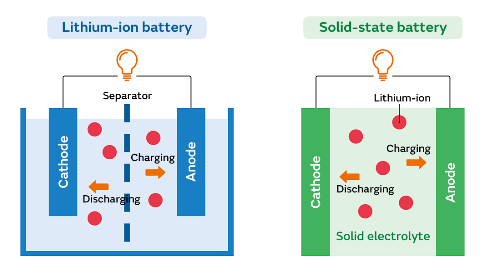
Solid-State Battery VS Lipo Battery: What’s the Difference?
2024-04-12 -

How to Choose an Aerial Photography Drone?
2024-03-22 -

What Is An eVTOL And How To Choose Batteries For It?
2024-03-07
Related products
-
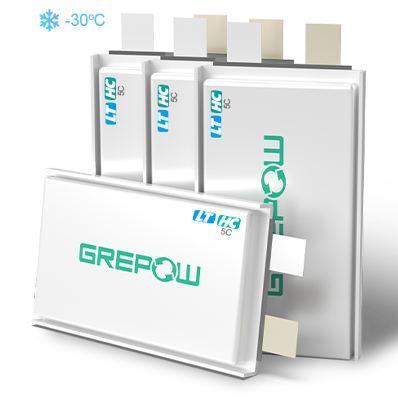
-30℃ 5C Low-Temperature High Discharge Battery
-
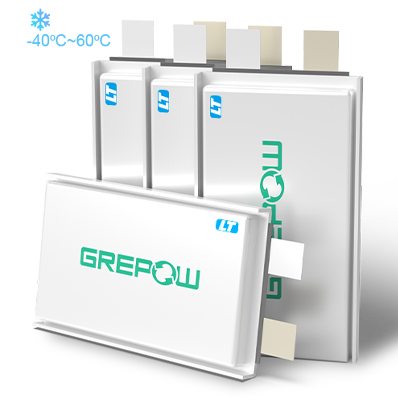
-40℃ to 60℃ Low Temperature Lipo Battery
-
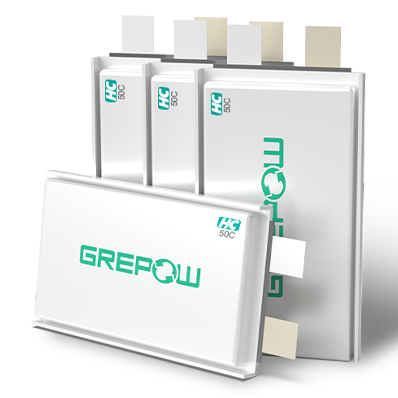
50C High Discharge Battery - High C Rate LiPo




